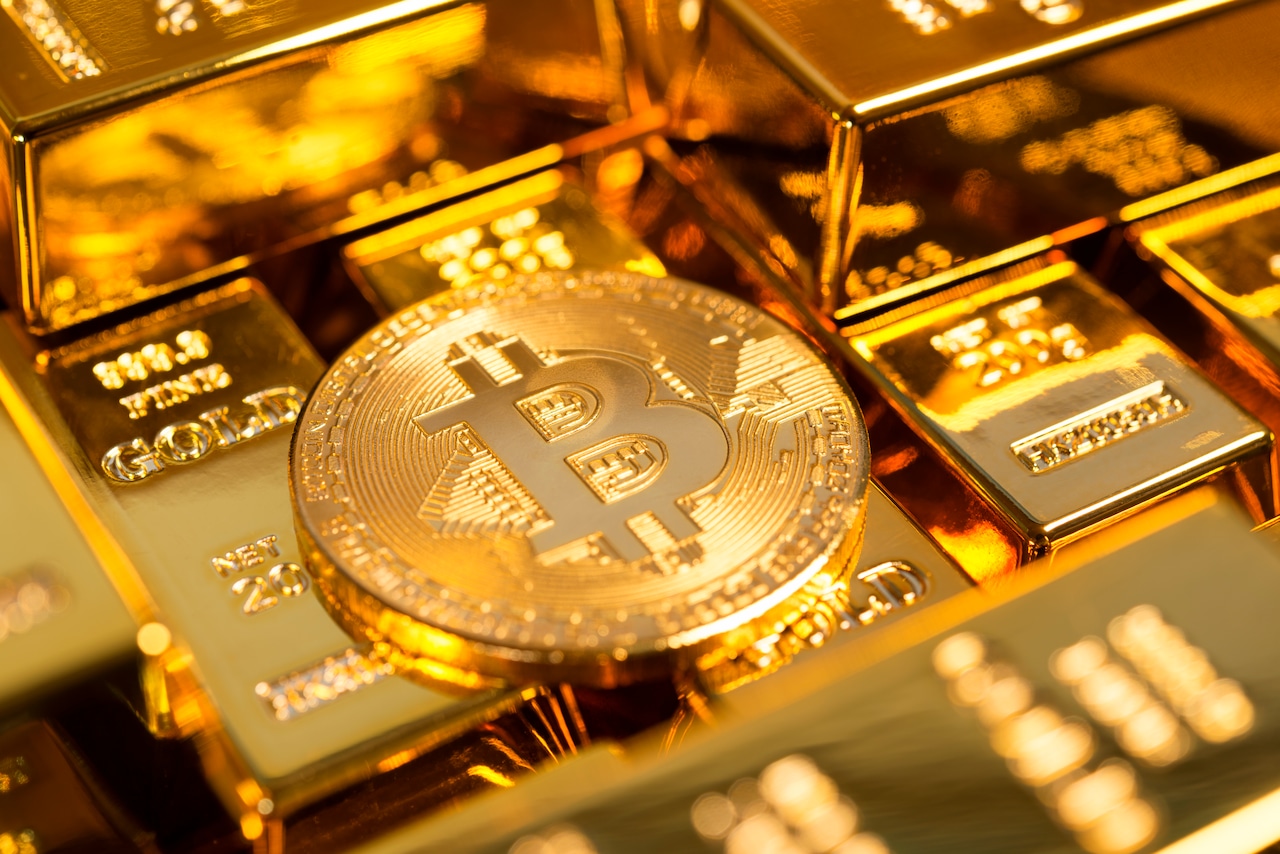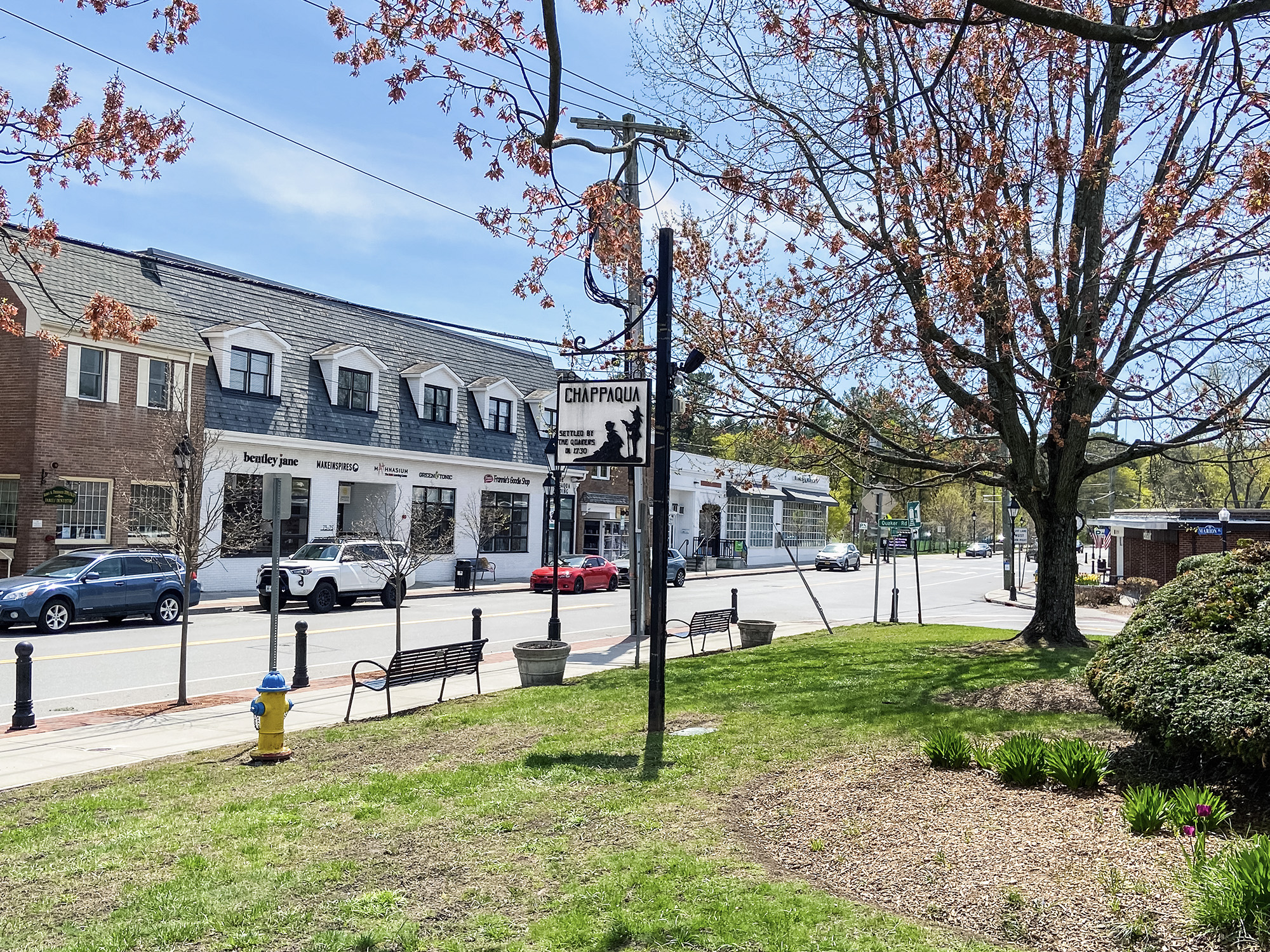A
year ago, on September 9, 2024, I slipped $100 into Bitcoin, driven by a simple curiosity and a “let’s see what happens” mindset. By the time the calendar flipped to September 9, 2025, the price had more than doubled from my entry point of $56,782. Bitcoin peaked at $125,200 on August 14 and, after a pullback, was still trading near $113,840 on my anniversary—my investment had doubled.
The real takeaway, however, was not the price surge but the insights I gained while watching it climb. I began as a casual observer, then delved deeper into the forces that Bitcoin challenges: the entrenched monetary system we rarely question. The more I studied, the clearer it became that Bitcoin is a symptom of a deeper problem—our currency, the U.S. dollar, is the root cause. The dollar’s erosion of value has created a vacuum that Bitcoin is filling, and its ascent is likely to continue.
Bitcoin is not hype; it is the highest‑grossing asset in modern history. Since 2009, its returns have outpaced gold, silver, real estate, stocks, art, and collectibles by a wide margin. Its market cap has exploded, proving its rise is no accident. If you’re skeptical, Google it, ask an AI, or consult a financial advisor—though many still warn against “cryptocurrency.” I’ve done the homework and keep learning.
Mid‑July, I spent a weekend binge‑watching YouTube interviews, podcasts, and influencer content, absorbing everything I could. I finally finished Bitcoin’s White Paper, a task I’d started and paused multiple times since March. By early September, I had read Lyn Alden’s “Broken Money” and Sebastian Bunney’s “The Hidden Cost of Money.” These works revealed the massive monetary crisis that plagues America.
To understand Bitcoin’s utility, you must first grasp what broke in our financial system. Until August 15, 1971, the dollar was backed by gold—a fixed, reliable standard that kept money honest. President Nixon severed that link, unleashing unchecked money printing. Since then, inflation has become a permanent feature of American life. The dollar has lost over 85 % of its purchasing power. What $1 bought in 1971 now costs nearly $8; a $20 grocery run then is about $157 today. Most people simply complain, playing a game that was never designed for them to win.
Meanwhile, the government keeps spending—recklessly, endlessly—because the system demands it. No politician can stop it without collapsing the entire machine, so they keep printing, borrowing, and inflating to avoid disaster. I found a simple analogy: my Doritos get pricier every year, and the bag sometimes contains fewer chips—an example of shrinkflation, a cousin of inflation that erodes value.
Bitcoin was built to counter this slow bleed. Unlike the dollar, Bitcoin has a fixed supply of 21 million coins. It cannot be printed, devalued, or manipulated by any government, party, or central bank. This scarcity makes it a valuable, finite asset. It is also decentralized—run by code, not politicians—and verified by a global network rather than a single trusted third party. Bitcoin moves quickly, stores value across borders, and protects privacy in a world that increasingly demands access to everything we do.
Bitcoin is not perfect. Its price swings can scare investors, and at over $100,000 it may seem out of reach. But volatility is growing pain, and you don’t need to buy a whole coin—just a few dollars can get you started. Since that first investment, I’ve learned that Bitcoin is the most powerful tool we have to opt out of a system that keeps making life more expensive, savings more fragile, and the future uncertain.
I’m not telling you to buy Bitcoin, but I strongly encourage you—and your family—to study it. Understanding its mechanics and the problems it addresses can empower you to make informed decisions about your financial future.
— Darnell Mayberry, Chicago sportswriter, author of “100 Things Thunder Fans Should Know & Do Before They Die.” He writes the “Money Talks” column on cleveland.com and The Plain Dealer.














